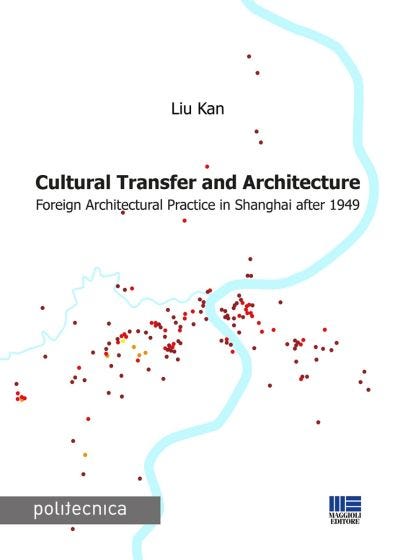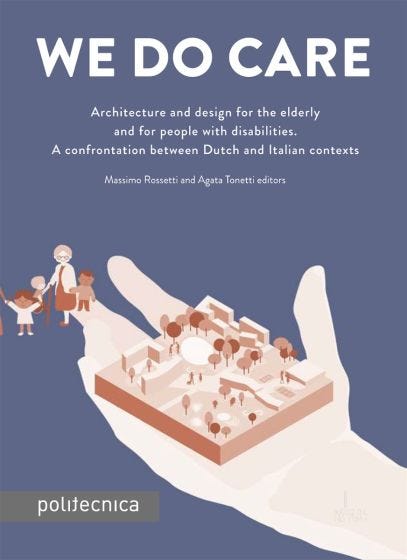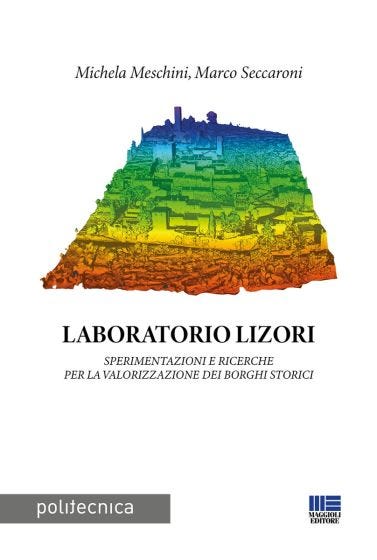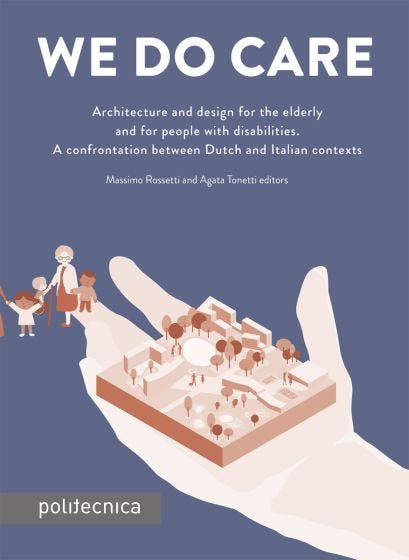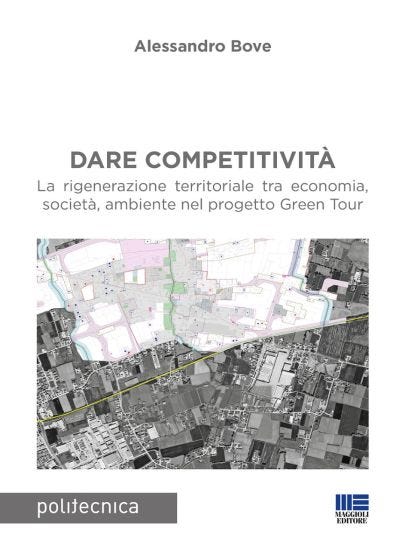Cultural Transfer and Architecture
Foreign Architectural Practice in Shanghai after 1949
di Liu Kan
One culture only has to make a small wave, and those small waves together become a tide, and tide will lift all the boats up at the same time, and the tide we will build up the city of Shanghai and its architectural identity, will become the tide that will lift
all of us up and become the driving force of the modernity of Shanghai architecture.
The cultural transfer in architecture have always been a blend of different streams amalgamating in a given cultural context at a given period in time. The foreign architectural practice as their interpretation of the “local” elements, which in turn was adapted by local architects and further developed as a “own” architectural identity seems to be a general principle of cultural transfer in architecture.
As a methodology, cultural transfer in architecture can effectively intervene in Shanghai architectural and cultural events. The study from time, event and context, could be more in-depth to understand the Shanghai architectural culture. As a narration, the foreign architectural practice in Shanghai after 1949, as an important argument on Shanghai architectural identity, depicts an unique characteristic on transculturation in Shanghai architecture.
The raise of the cultural transfer and architecture as an impact from the post-consumer society and globalization, itself also become the new phenomenon in cultural of contemporary.
The way of our thinking today has changed. No matter how we look upon our city architecture, by public authority or by cultural pluralism, under the impact of globalization, the cultural transfer in architecture actually become a trend to transform the city today that we cannot stop. To understand this situation in transforming our city, Shanghai shows from her identity of architecture, and demonstrates her unique characteristic under the process on cultural transfer in architecture. As a response to impact on globalization, the Shanghai architecture manifests the unique identity and the essence of its modernity in architecture.
Liu Kan
Associate Professor at College of Architecture and Urban Planning - CAUP, Tongji University, Shanghai, China. He is member of International Union of Architects - UIA. The Director of International Cooperation Department of CAUP. He is member of the Architectural Society of China. He is secretary and board member of the Architectural Review Academic Committee of the ASC, and the board member of the Architectural Culture Academic Committee of the ASC. He is researcher of the Urban and Architecture Theory & Criticism - UATC lab of the Shanghai Summit Project and researcher in Institution of Architecture and Urban Space – IAUS of Tongji University.
| Pagine | 142 |
| Data pubblicazione | Febbraio 2024 |
| ISBN | 8891669254 |
| ean | 9788891669254 |
| Tipologia prodotto | Cartaceo |
| Sottotitolo | Foreign Architectural Practice in Shanghai after 1949 |
| Collana | Politecnica |
| Editore | Maggioli Editore |
| Dimensione | 17x24 |


